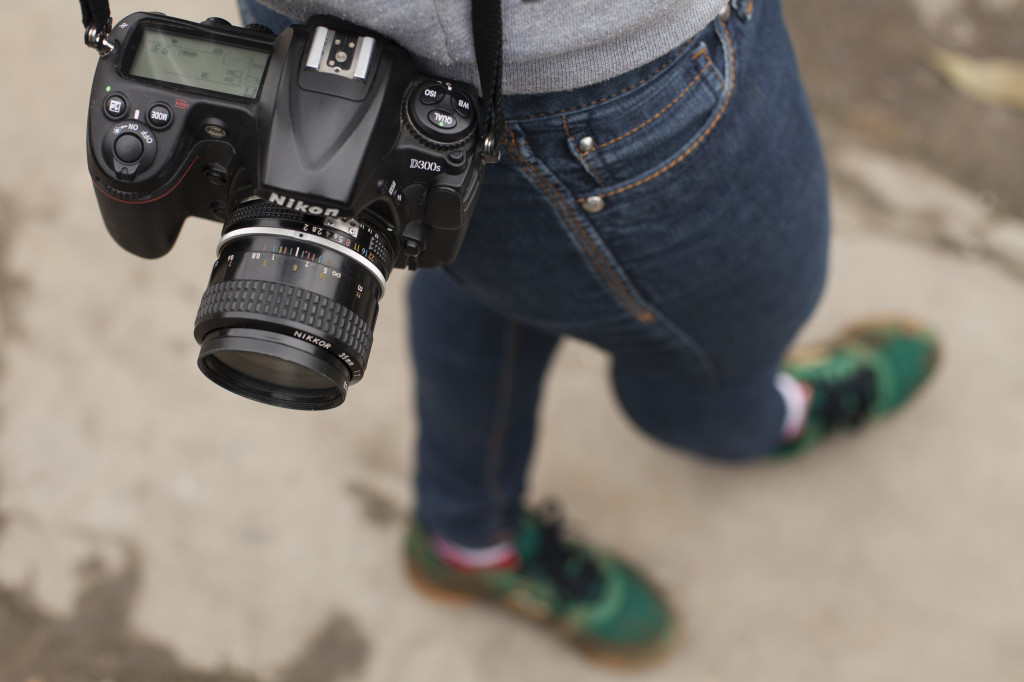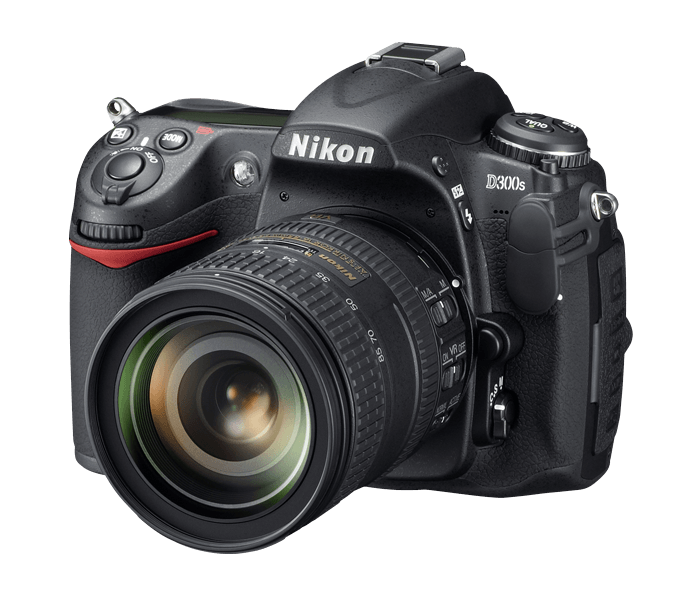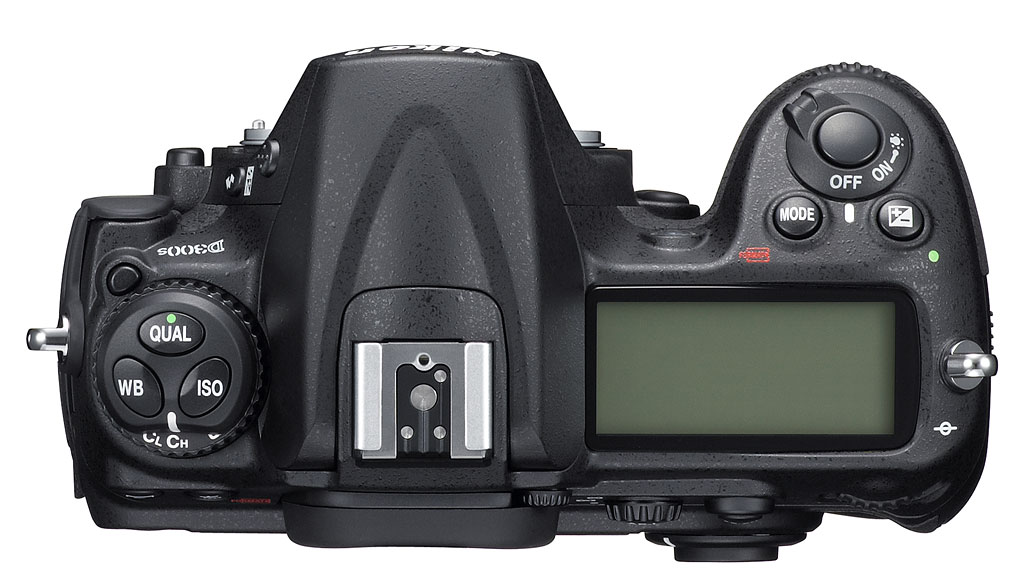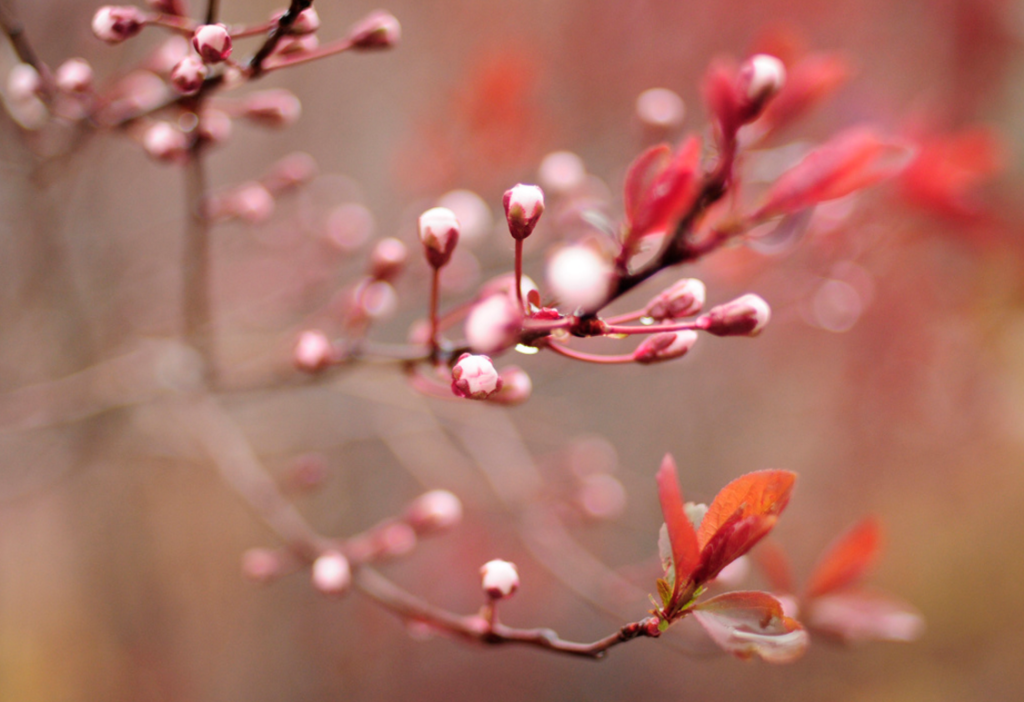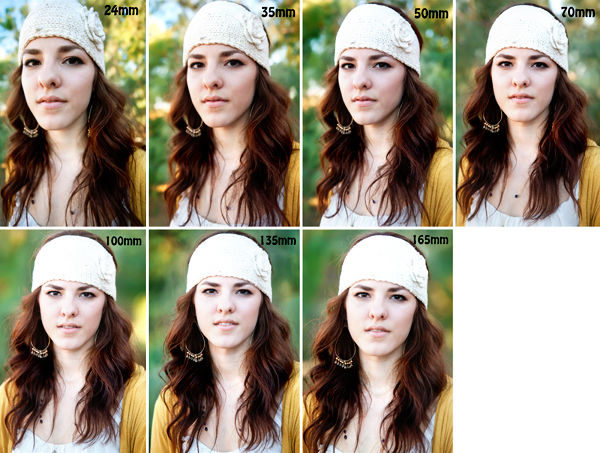We often get asked about the cameras we use to take pictures for the blog and our instagram account, so today we thought it would be fun to do a series of posts where we each talk about our equipment and how we use it. This won’t be a lesson in photography, rather just a discussion about what we use and why it’s worked for us.
Sarah here:
I use a Nikon D300s with 24-70mm f2.8 & a 35mm f2.
If I’m being honest, (which of course I’m always striving to be) I’m due for an upgrade. I’ve had this camera for over five years, but I truly love it so the years fly by and I keep clicking with this babe. The tricky thing about shooting with DSLR cameras is that the lenses are just as important (some would argue more important) than the camera body and the good lenses tend to cost more than the camera body itself, so it’s always a struggle, for a frugal freelancer like me.
I’ll tell you why the Nikon D300s is a great midrange DSLR and then I’ll let you in on why I love these two lenses. If you’re shooting with an entry level DSLR and looking to upgrade, this post is directed towards you! If you simply want to take better images, but aren’t ready for all the lingo, controls and detachable lenses, read Katie’s camera post, I love her Lumix LX7!
- Dual memory card slots. The D300s accepts both SD and CF cards, which I absolutely love. CF cards are sturdier than SD cards, but also more expensive. This camera gives you the option to use either or both, which is nice since most folks are familiar with SD cards and have some laying around. Two cards also means twice the storage, which is great for traveling. You can also choose to use one card slot as a backup card, making duplicate files while you shoot, which makes it seemingly impossible to ever lose data, which is uber important when shooting events that you can’t repeat if your data is corrupted.
- Easy menu control. Instead of having to look at the large LCD screen, there’s a smaller screen on top of the camera that tells you most of what you need to know. I’m obsessive about shooting on Manual at all times. The way the D300s is set up allows you to see your settings and change them really quickly depending on the scene in front of you.
- 51 point auto focus. This is big if you’re shooting fast paced events like sports, kid candids, or weddings. You want to know that your camera is communicating effectively with your lens in those high pressure moments. If you’re used to working with a NikonD40-D90 (or comparable Canon cameras) you will immediately notice and cherish the focusing capabilities of the Nikon D300s.
- Various useful shooting modes. I’m not referring to auto, shutter speed priority, etc, I mean in terms of how the shutter responds. You can choose from S (meaning Single – each time you press the button, the shutter clicks) CL (Continuos Low – you hold down the button and the shutter takes one image after another) CH (Continuous High – same as CL, but at a faster, extended rate), Q (Quiet mode), and a few others. This is just another level of added control, which is extremely useful if you play around with the camera enough to familiarize yourself with all the settings.
- Timed interval shooting. No doubt, this is my favorite setting on my camera. It’s basically a timer setting, but you get to choose how often it takes a photo and how many it takes before it stops. Think of it almost like a stop motion video setting. I use this setting whenever I take large group photos (that I want to be in) so that I’m left with twenty shots to choose from instead of one shot where inevitably someone has their eyes closed or is looking away. I also use it a lot for blogging!
- Mid-range DSLR bargain. The Nikon D300s is kind of a bargain mid-range DSLR and it has depreciated a bit since I bought it, costing only $1,700 now. It’s a great camera for most professional work and it also shoots HD video. There will be pros who tell you that you need to buy a full-framed sensor (the D300s has a cropped sensor), but mark my words, for most photography work, the extra megapixels will not matter. It really depends on the type of work you’re doing (huge detailed prints for commercial and corporate clients vs. standard every day prints for people like you and I, think weddings) so if you’re scratching your head while you read this, chances are you don’t need the full frame. It’s nice, but the price tag is not.
- Magnesium alloy camera body. English please, right? Magnesium alloy is the toughest yet lightest structural metal so generally speaking this camera is light, but extremely sturdy. If you pick it up, you wouldn’t necessarily think of it as light, but if you compare it to a titanium body you’ll realize the weight difference. Magnesium alloy is studier than heavier metals like titanium, aluminum and steel so be careful swinging this thing around, it will hurt people. The ruggedness of this camera makes me feel at ease while I’m carting it around case-less in other countries or on outdoor adventures.
- Better battery than entry level DSLRs. The EN-EL3e batteries are amazing. They last forever or at least for 2,950 shots. I’ve only ran out of battery twice and both times I was completely stumped and confused thinking my camera was broken, because it’s such a rare occurrence. While hiking for nearly two weeks on the Annapurna Circuit, I used only two batteries and didn’t recharge them once! I made sure to never use the LCD monitor and to turn the camera off between shots, but I was seriously impressed with the battery life. On that same note, the D300s has a sleep mode, just like your computer, so it’s rare that I ever turn it off. People are always saying “you know your camera is on, right?” I know, but I never need to turn it off, so I don’t.
My two most used lenses are the 24-70mm f2.8 & a 35mm prime f2. In simple terms, here’s why I love these two:
- First and foremost, you want a fast lens. What does that mean? Basically a lens with a low F number (aperture) allows more light to be let into the lens, which in turn allows you to use a faster shutter speed, and therefore sharp images. If that sentence was a little confusing, read about the exposure triangle here. Most kit lenses (lenses that come with the camera body) will have an f3.5-5.5 those lenses are shitty. Notice the two lenses I love are f2.8 and f2? I could never go back to a 3.5. Trust me when I say they are horrible in low light conditions.
- Second think about your subject. After Aperture, the focal length is what needs to be decided. Think about what you commonly shoot, what view you’d like to have and pick a focal length in line with that. I highly recommend prime lenses, but you’ll see why I also love the 24-70mm.
- I love the 35mm f2 because it’s a prime lens. Prime lenses do not zoom. They let in a lot of light so they’re fast. The depth of field is noticeable meaning you can create those images that have “blurry” backgrounds and bokeh effect. Everyone is always asking how to make images with “blurry” backgrounds. The subject is separated from the background without post production editing, it’s pleasing to the eye. I also love the wide angle of the 35mm since I shoot nature and landscapes quite often. It’s a tiny lens too so my camera isn’t *as* noticeable while walking down shifty streets abroad. It’s generally more portable and easier to handle than my other favorite the 24-70mm f2.8. I actually use an ancient version from the film era, but here is the digital version of the 35 prime. If you can swing it, buy the 35mm f1.8 – remember the lower the f number, the faster the lens.
- Most times, I have a 24-70mm f2.8 lens on my camera. It’s extremely versatile and works well in almost every single situation. If I have to travel with just one lens, I’ll take this one because it can shoot both landscapes and portraits really well. I don’t want to get too technical, but having a little zoom when you’re shooting portraits really makes a nicer image. It lessens distortion and has a visible effect on facial features, my favorite focal length for portraits is 70mm so this lens is perfect. My heart loves the 35mm f2 prime, but my brain loves the 24-70mm f2.8. The only bummer? This lens costs nearly $2,000.
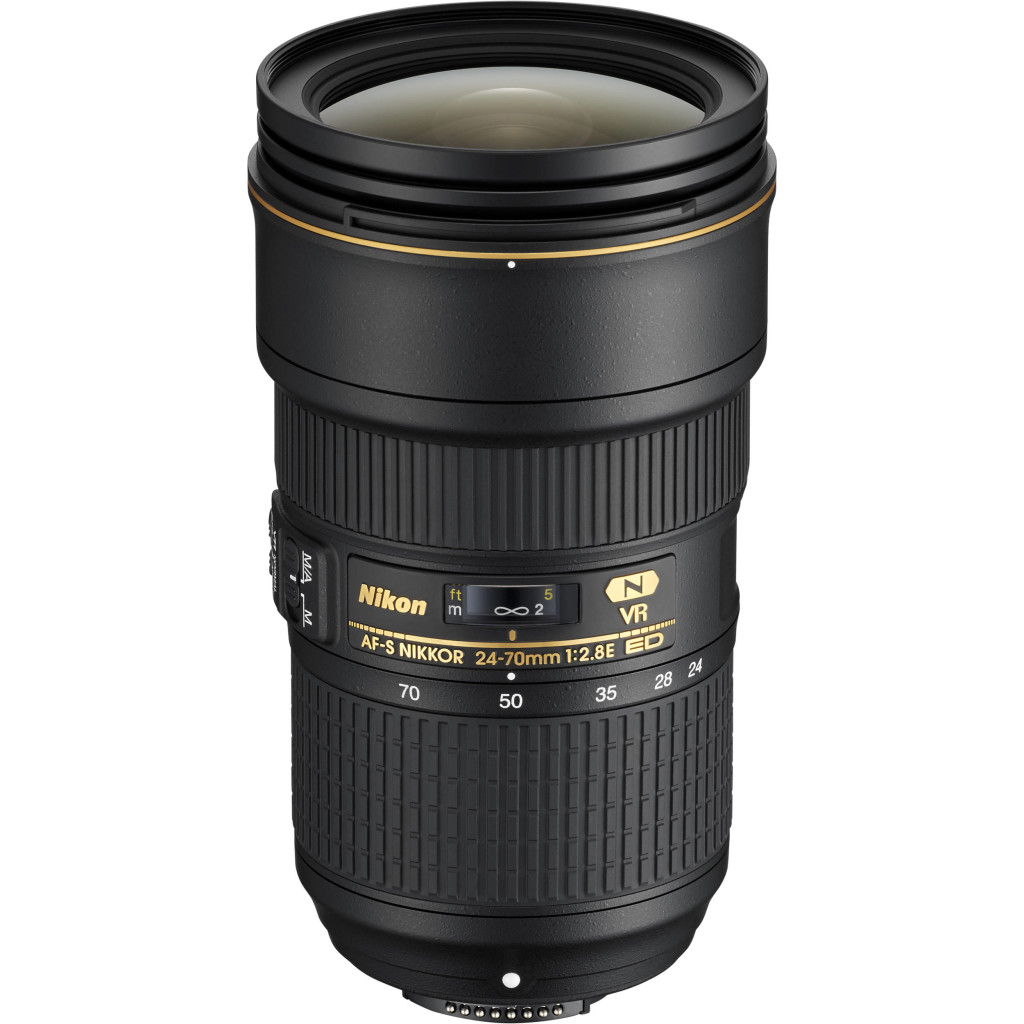
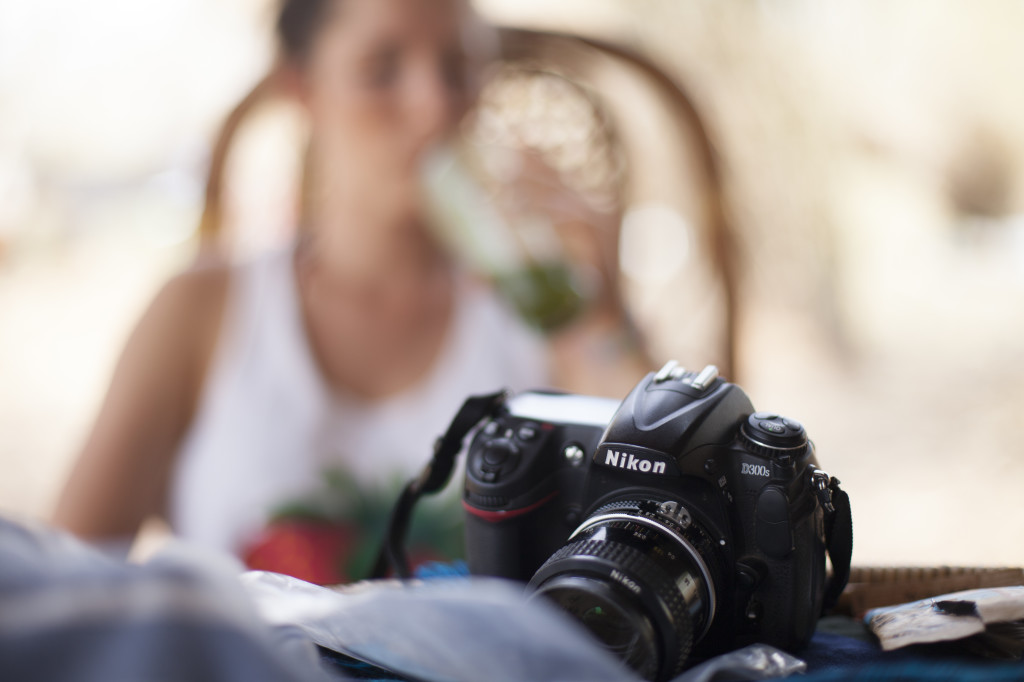 This camera has traveled with me to over a dozen countries. It has hung out in rain forests, on top of volcanos, and braved shady alley ways of Bangkok. It has gone through a lot. I accidentally left in on a boat in Vietnam (I can still see the stranger’s face as he stretched his arms over the water with my camera in hand as I sprinted towards him with immense worry) and also in a barber shop for a few hours in India. It fell face first into the sand when a dumb dog (not Ca$h!) ran into me on the beach. It performed just as well at 18,000 feet of elevation as it did inches above warm waves in the Caribbean sea. This thing is my baby. For the first time ever, I checked my shutter count and I’ve taken 196,491 photos with this camera body.
This camera has traveled with me to over a dozen countries. It has hung out in rain forests, on top of volcanos, and braved shady alley ways of Bangkok. It has gone through a lot. I accidentally left in on a boat in Vietnam (I can still see the stranger’s face as he stretched his arms over the water with my camera in hand as I sprinted towards him with immense worry) and also in a barber shop for a few hours in India. It fell face first into the sand when a dumb dog (not Ca$h!) ran into me on the beach. It performed just as well at 18,000 feet of elevation as it did inches above warm waves in the Caribbean sea. This thing is my baby. For the first time ever, I checked my shutter count and I’ve taken 196,491 photos with this camera body.
If you have any questions about this camera or Katie’s camera or any camera or lens in general just leave a comment. Because of this post about Nepal’s rooftop gardens, a Nepali man reached out to me for advice and I helped him choose his first DSLR, I truly enjoy helping people find the right tool for the job so drop a line!

